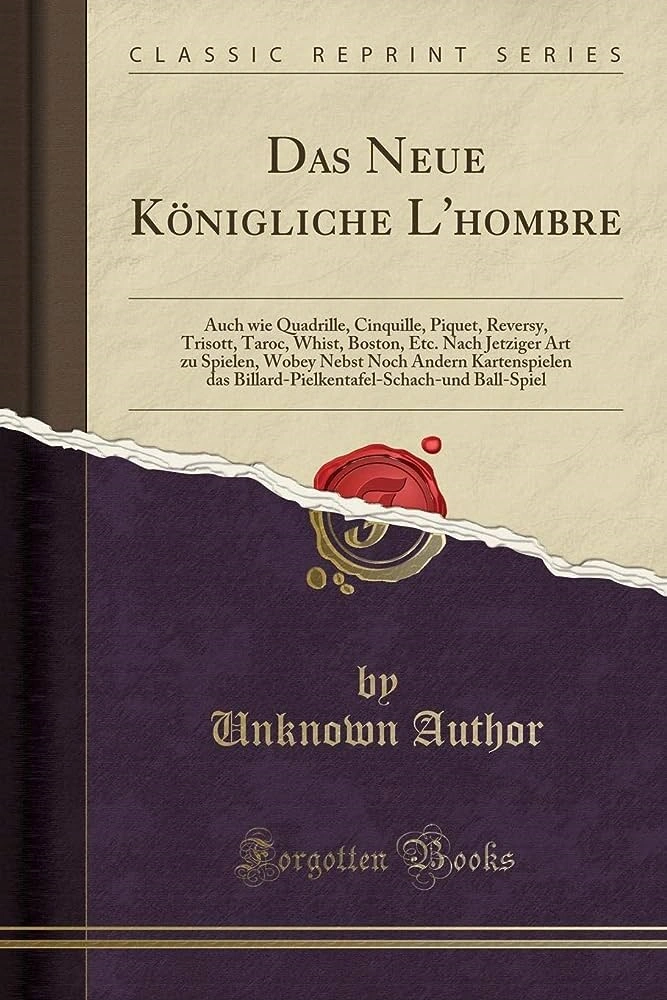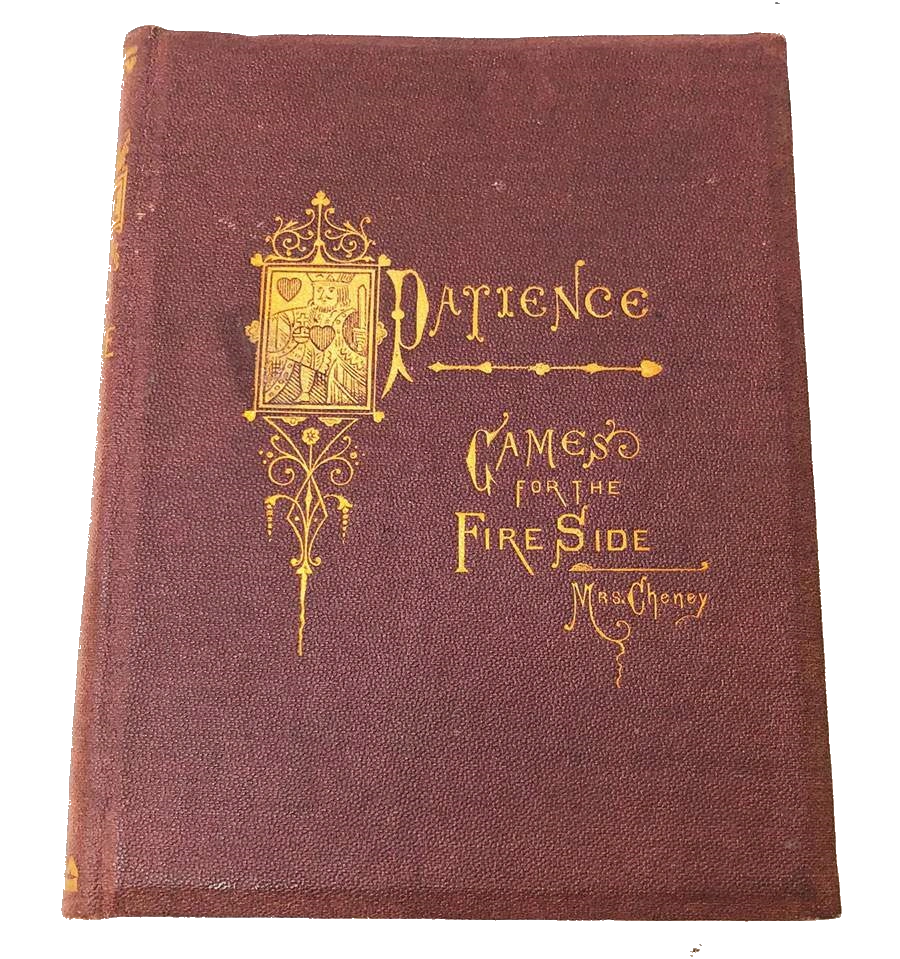Solitaire, a single-player card game, utilizes a standard deck of 52 cards. The objective is to arrange all cards into four foundation piles, each representing a suit, and to stack them in ascending order from ace to king.
The origins of solitaire are shrouded in mystery, with early records emerging in the late 1700s across northern Europe and Scandinavia. The term "Patiencespiel" made its debut in the 1788 German book "Das neue Königliche L'Hombre-Spiel."

Notably, the game gained traction in Sweden and Russia during the early 1800s, further references appearing in French literature. Lady Adelaide Cadogan's "Illustrated Games of Patience," circa 1870, is attributed as the earliest collection of patience games in English.
Across the Atlantic, Ednah Cheney's 1870 publication "Patience: A series of thirty games with cards" marked the debut of card solitaire in the United States. Influential figures such as H. E. Jones (Cavendish), Angelo Lewis (Professor Hoffmann), Basil Dalton, Ernest Bergholt, and Mary Whitmore Jones furthered the game's prominence in the late 19th and early 20th centuries. During this era, the term "solitaire" solidified in North America.

Klondike, commonly known as Microsoft Solitaire, gained monumental popularity as a digital implementation bundled with Windows operating systems since 1990. This rendition introduced solitaire to a new generation, becoming one of the most beloved computer games.
Today, solitaire boasts a global fanbase. With diverse variations available, enthusiasts can engage online, on mobile devices, and tablets. This timeless game not only offers entertainment but also nurtures problem-solving skills and relaxation.

Additional Historical Insights:
- The appellation "solitaire" originates from the Latin word "solitarius," denoting "alone," aptly reflecting the solitary gameplay.
- Solitaire's early usage as a form of fortune-telling tied players' perceived chances of victory to their future prospects.
- The 20th century witnessed solitaire's surge in popularity in the United States, spurred by publications and the introduction of arcade and amusement park machines.
- The debut of Microsoft Solitaire in 1990 as part of Windows 3.0 played a pivotal role in propelling the game's iconic status.
- Presently, solitaire remains a globally cherished pastime, accessible through various digital platforms.
If you're eager to experience the joy of solitaire for free, visit our homepage: https://solitairen.com.
Embark on an enjoyable journey of skill and relaxation!
